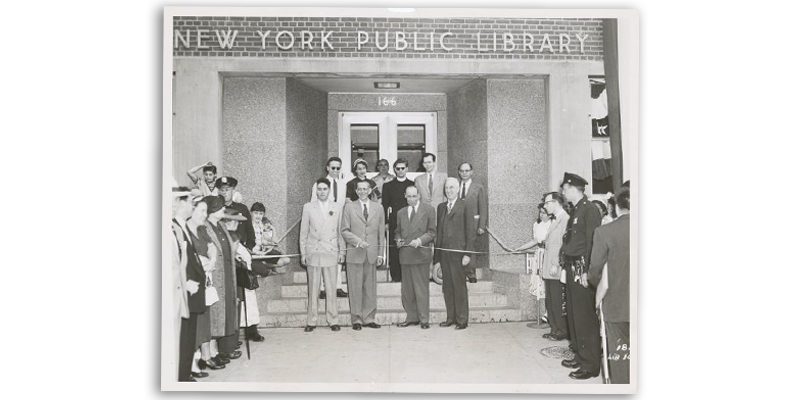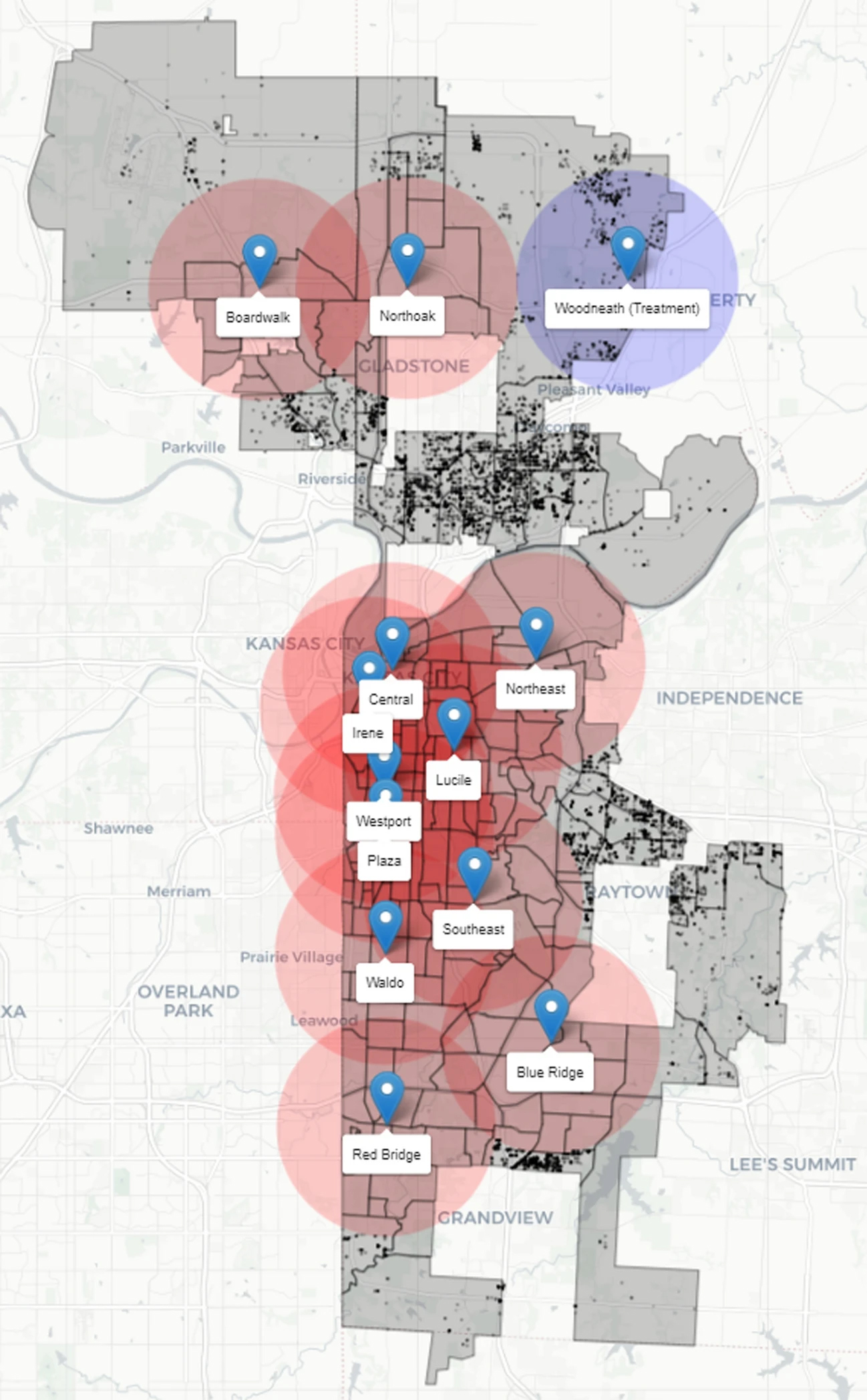May 13, 2025, 1:57pm
I’m always happy to find a new reason why libraries make eveything better, and today I’m pleased to report that some very serious academics have concluded that public libraries are the urban planning equivalent of Batman: great at fighting crime.
I stumbled upon this information via a post by Greg Pak on Bluesky about a 2023 study in the Journal of Cultural Economics called “Do public libraries help mitigate crime? Evidence from Kansas City, MO.” Written and researched by Amir B. Ferreira Neto, Jennifer Nowicki, and Shishir Shakya, the study tracked what happened to crime statistics before and after the opening of a new library. Some of the nitty-gritty academic sections were above my skill set, but the general thrust is clear to the layman, and good news for library fans, and bad news for crime fans:
Our results show that public libraries may reduce crime within its nearby proximity; in particular, we find within the nearby proximity of the library; there is a substantial reduction in frequency of burglaries, vandalism, robberies, fraud, and assaults.
The study focuses in on one library in Kansas City, MO: the Woodneath Public Library Branch. The Kansas City Public Library System had 12 branches for two decades, but added a 13th in 2013.
The new Woodneath branch was “a unique quasi-natural experiment” for the researchers. Using an open database of crime, the scholars tracked crime by location and time, looking to see what happened when the Woodneath Public Library opened. It’s the blue circle in the figure below—the red are the preexisting libraries. Black dots are where records show a crime of some kind occurred.
These circles are 2.96 miles, which they deduced as the area of influence of each library. The study looked at the area of the city within the blue circle, and compared it to everything outside of the red or blue circles: how did the prevalence of crimes change in those areas as a result of Woodneath opening?
The results are sorted out by kind: “opportunity-based crimes,” “motor-based criminal offenses” “fraud,” etc. The studies found that not all crime seemed to be affected, but that crimes of opportunity, basically anything that wouldn’t be planned in advance, decreased the closer you get to the library. They conclude that this “suggest[s] that public libraries can help reduce crimes of opportunity and the concentration of societal offenses, thus acting as a crime deterrent.”
Why? A few reasons: libraries change a criminals risk assessment, since they increase “pedestrians, security cameras, lighting fixtures, and new law enforcement patrol routes.” Libraries are also a safe place for people: there’s less exposure to street crime.
The findings are also buttressed by other academic literature they cite, in a parade of other studies about libraries and their benefits. For example, other studies found that the closer you are to a library, the more likely you are to find children reading more, better labor market outcomes, and more patents being submitted. More patents! Is there anything libraries can’t do?
The researchers add a few caveats, but the conclusion is pretty clear: libraries are bubbles of safety and crime prevention, and are especially so when coupled with other interventions.
The answer is clear if you’re a local official: maybe the next time you’re tempted to invest in more cops, try building more libraries instead.

